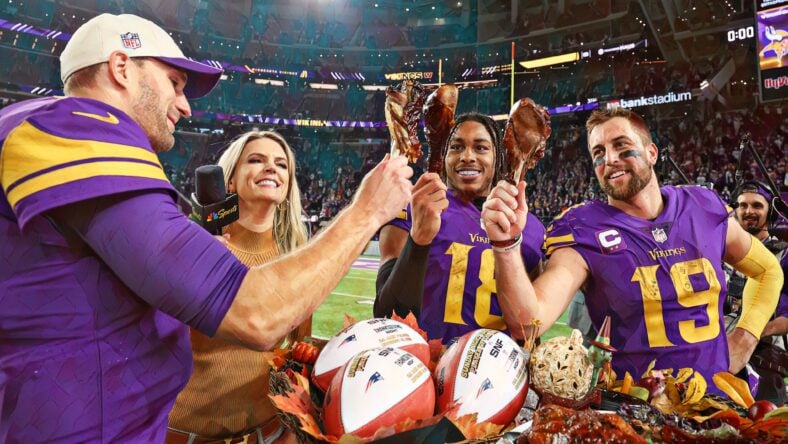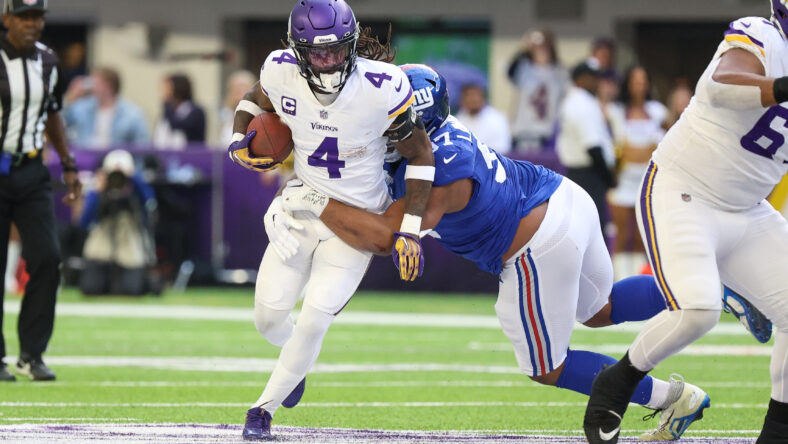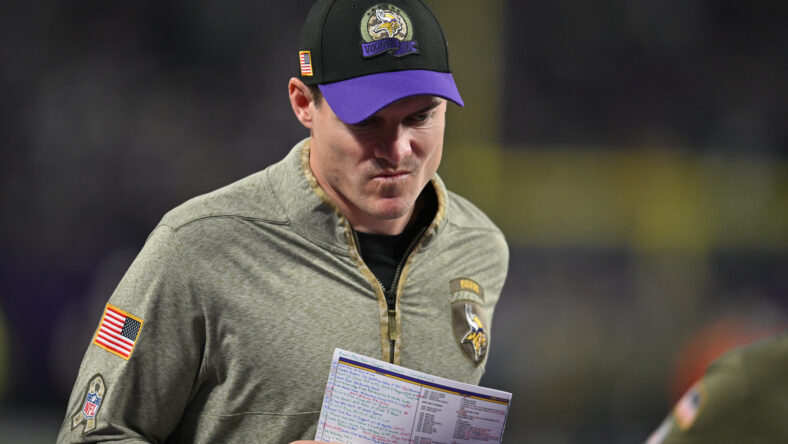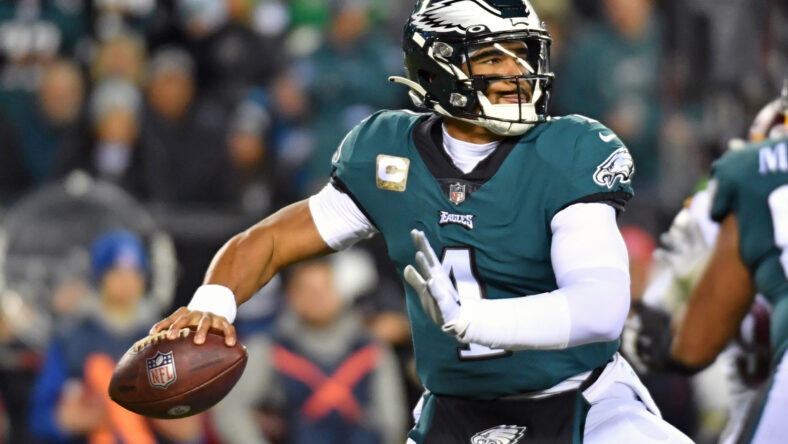The Current Vikings Don’t Match the Current Super Bowl Blueprint

Ever since the Minnesota Vikings signed Kirk Cousins for a gigantic salary during the 2018 free agency period, we’ve heard that an NFL team has never been able to win a Super Bowl with one player on the roster demanding 13% or more of the team’s salary.
As Cousins signed what was, at the time, the largest guaranteed contract in NFL history, we saw him slotted to take up 14.6% of the Vikings payroll. And the number was only going to grow.
For the naysayers who either wanted to keep Case Keenum or maybe just didn’t believe that Cousins had what it would take, the narrative was right there. It was going to be tough for the Vikings to have enough leftover salary cap room to field a competitive roster around Cousins’ big chunk.

That narrative continued to play out throughout the league until this year. Patrick Mahomes, the owner of a whopper of a contract that demanded more than 16.8% of the Chiefs salary cap in 2022, just led his team to a Super Bowl championship last weekend. If only for a moment, let’s put this 13% narrative to the side and look past the fact that the one who broke the trend may end up being one of the greatest of all time.
The Current Vikings Don’t Match the Current Super Bowl Blueprint
Put that to the side, and a new narrative is jumping into the forefront for the Vikings, and once again, it does not bode well for them and their success under the current parameters of contracts on the books.

Switching our attention to the running backs and, primarily, the future of running back Dalvin Cook, he is one of the better backs in the league. There’s no one who would or could really argue with this based on the statistics. But where the conversation gets a bit murky is the discussion surrounding the high-priced, feature running backs and their future in the league.
As teams have shifted more and more towards running-back-by-committee approaches, we see a trend pop up both into the NFL playoffs and under the bright shiny lights of the Super Bowl.
You have to dig back, maybe all the way to 1998, to find a running back that dominated the regular season, carried that success through the playoffs, and turned it into a Super Bowl Victory.
That player was Terrell Davis, who was named the MVP of Super Bowl XXXII with 157 yards and 3 TDs on the evening. Outside of that, we’ve seen many Isiah Pachecos, Cam Akers’, and Damien Williams’, who we’ve seen as the top rushers for those teams left standing at the end of the season.

You don’t see names like Derrick Henry, Christian McCaffery, Ezekiel Elliot, and Dalvin Cook. The trend shows us that high-paid running backs coming from single-back backfields aren’t getting their teams over the hump on the season’s final stretch.
Both teams in the Super Bowl this past season came at it with a running-back-by-committee approach, with a handful of participants playing a role in their team’s offensive approach.
On top of the obvious savings that you can find by allocating funds to multiple players with multiple roles and multiple skillsets, you also get all the other ancillary benefits from a traditional running-back-by-committee approach; you reduce the risk of injury to all of your players and don’t put all your eggs in the basket of one; you get the advantage of keeping fresh legs on the field throughout all four quarters; you increase your offensive versatility with differing skillsets. From there you also improve your gameplan with the added element of surprise in the mix.
Vikings fans have seen this play out with both Adrian Peterson and Cook. For Peterson, you knew he couldn’t catch the ball or block, so if he was on the field, odds are it was a running play. That totally nerfed your versatility and game planning. For Cook, we’ve seen the struggle with his health, missing games due to injury, and then wearing down as the season went on.
The teams that have frequented the Super Bowl over the last few decades seemed to have figured this out. The Chiefs, Eagles, Rams, and Patriots have all adopted a pretty strong running-back-by-committee approach. When you look at the most recent participants, the Chiefs and Eagles, they’ve also unlocked another piece of the puzzle that might spell trouble for the Vikings — the benefit of a mobile quarterback as an extension of the run game.

But as the Chiefs proved, you don’t need a run-first mobile quarterback like Hurts, Jackson, or Fields. Instead, you can have a crafty, squirmy quarterback that can extend plays, move the pocket and scramble for a first under dire circumstances like Mahomes. Cousins doesn’t seem to have that natural ability. But that’s neither here nor there while still being a factor.
The idea here seems to point toward the continued talker surrounding Cook. He’s scheduled to make $14 million in ’23, $15 million in ’24, and a paltry $13.5 million again in ’25. Simply put, that’s too much for a team to allocate to any running back and still field a competitive roster. For one like the Vikings that has holes on all levels of the defense, holes on the offensive line, and maybe in the receiving game, it’s simply a risk that Minnesota cannot afford to take.
It’s possible that Cook would be open to a negotiated salary cut, but to get the number to a manageable level from the organization’s perspective, Cook would likely be offended by the number originally presented to him.

You must be logged in to post a comment.